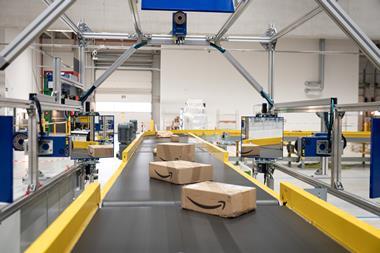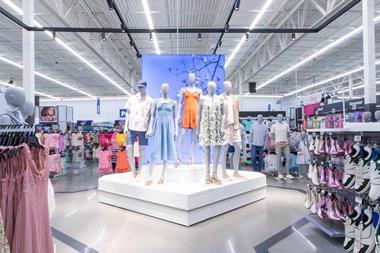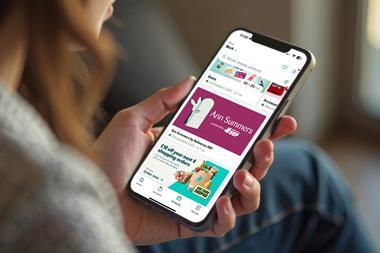Recent research into the shopping habits and delivery preferences of a range of age groups has provided some interesting finding.
Recent research into the shopping habits and delivery preferences of a range of age groups has provided some interesting finding.
A wave of new and exciting technology has certainly changed the way we live our lives, especially for the younger generations. This was highlighted only a few weeks ago when hoards of people, the majority of them under 25, queued for hours and days outside Apple stores from London to Perth in Australia to get their hands on the new iPhone 6.
“There was a growth in the number of people aged 65 or over using the internet”
Chris Johnson, Hermes
Many young people I see are constantly glued to their phones and tablets, always taking advantage of the wall-to-wall connectivity we have experienced over the past decade.
However, it was interesting to read a report from the Office of National Statistics that explained there was a growth in the number of people aged 65 or over using the internet – and particularly shopping online.
While people aged between 25 and 34 topped the internet retailing poll at 90%, it was revealed that 40% of the older generations also indulged in some online retail therapy. This was up from 36% in 2013.
Appealing to different age groups
The rapid growth of ecommerce has seen retailers continue to heavily invest in website development to meet increasing demand. This shift from the high street to online has been driven by the consumerisation of IT and the increasingly tech-savvy customer, and therefore it is understandable that many brands are focusing on the needs of the younger generations.
But in light of the ONS report, retailers and delivery companies need to ensure that the preferences of all age groups are catered for, including different communication channels and delivery times.
Hermes explored the preferences of the more mature market in its 2014 Parcel Deliveries Usage and Attitude Survey. One question asked respondents what was their preferred method of contacting the retailer if a customer service issue needed addressing.
In the 65-and-over category, 70% opted for email, which was relatively similar across other age groups. However, 27% chose the telephone, which was the highest percentage when compared with other age categories. For instance, only 19% of 16 to 24-year-olds picked the telephone.
Interestingly, not one percentage point was recorded for social media, smartphone apps or text messages.
Delivery times
In terms of desirable delivery times, the results showed that the 65-and-overs preferred their items to be delivered in the morning, with three quarters of people in that category opting for between 8am and 12pm, compared with just 61% of 16 to 24-year-olds. In addition, the older generations signalled their preference for weekday deliveries, with Monday being the most popular (38%).
Hermes’ research also revealed that the 65-and-overs were more likely to access the internet through a desktop computer. 68% of that age group owned a desktop computer, which was higher than any other age group. However, senior shoppers were least likely to own a smartphone at 43%, compared with 92% of 16 to 25-year-olds, while only 44% owned a tablet device.
“Damart has recognised that there are very big differences between the new senior age group and the traditional senior age group”
Chris Johnson, Hermes
Damart, the clothing company, is one retailer that focuses on the senior market. In a bid to provide the highest levels of customer service, Damart works with Hermes to ensure all demographics are catered for by offering flexibility to the end customer.
Phil Anderson, marketing and ecommerce director (UK and US) at Damart, said: “It is important that businesses do not ignore any particular demographic when it comes to online shopping and delivery.
For instance, Damart has recognised that there are very big differences between the new senior age group and the traditional senior age group.
“The company is experiencing strong growth among new seniors through a web and multichannel approach, driven in part by the popularity of tablet devices. While some seniors have embraced the internet, the majority of traditional seniors prefer the channels they have grown up with.
“After carefully evaluating the needs of our key target market, we teamed up with Hermes to offer flexible delivery times, which has helped us to secure excellent customer service scores and build trust within the senior market.”
It is clear to see that the internet age is not restricted to the younger generations and it is now imperative that retailers consider a range of audiences when developing their delivery models.
- Chris Johnson is head of client development at Hermes































No comments yet